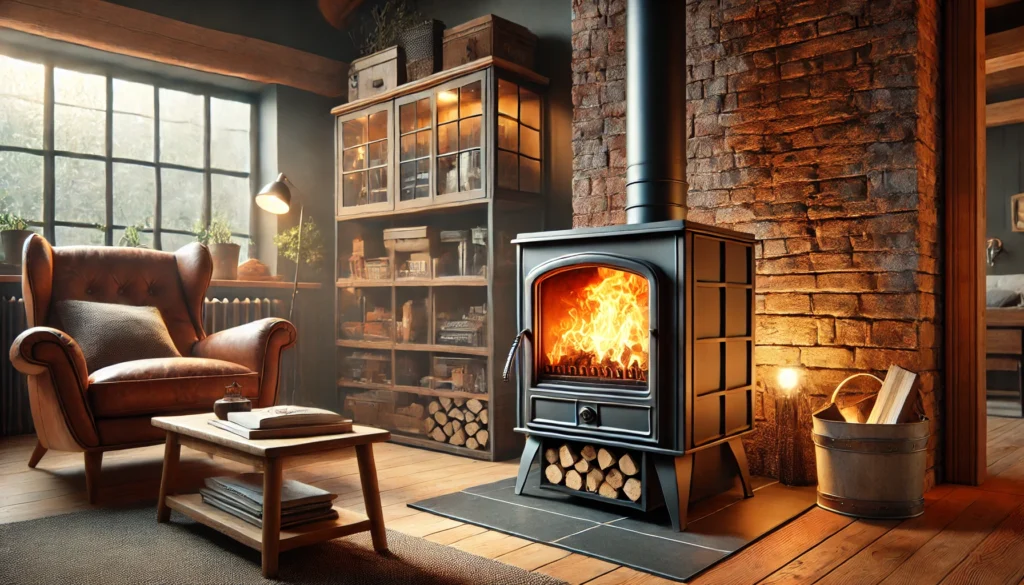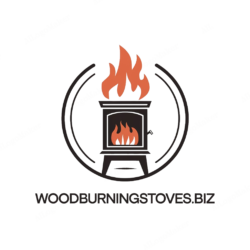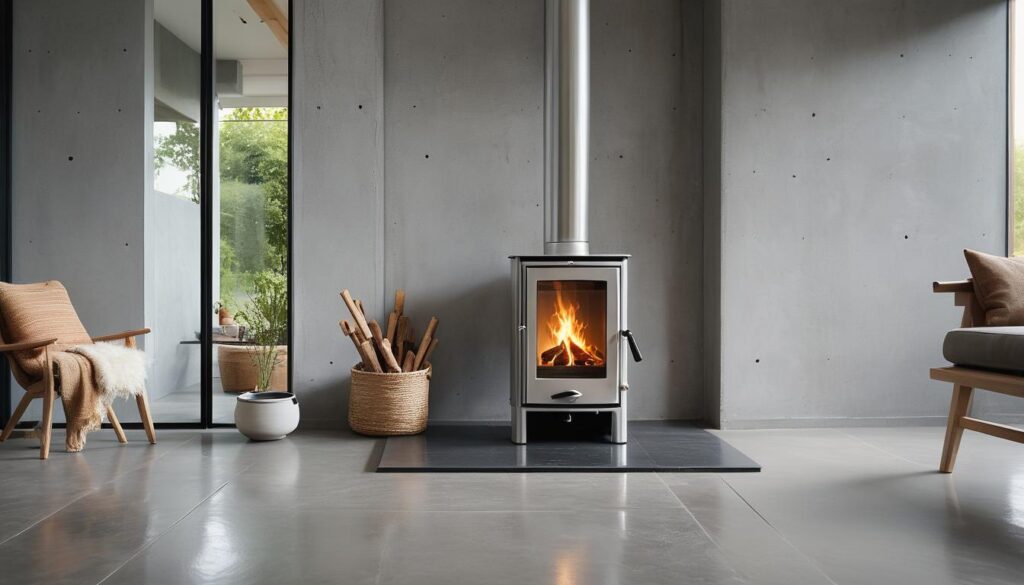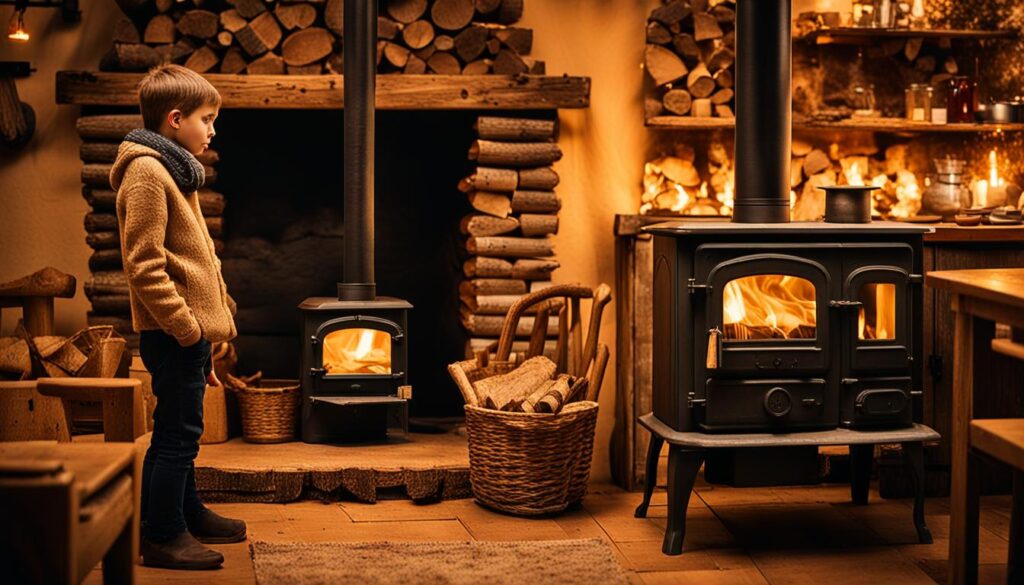Crackling with Efficiency: Unlocking the Timeless Charm of Wood-Burning Stoves in the Modern Era
As the world warms up to sleek, high-tech heating solutions, one timeless treasure continues to outshine the rest: the humble wood-burning stove. But there’s more to these nostalgic wonders than just their cozy, golden glow. Whether you’re on a mission to slash energy bills, embrace eco-friendly living, or simply rekindle the joy of a roaring fire, understanding the inner workings of these traditional heating heroes is the key to unlocking their full, fiery potential.

The Science Behind Wood-Burning Stove Heat
The fundamental operation of a wood-burning stove centers on controlled combustion. During this process, wood undergoes several stages of burning, each contributing to overall heat output. Primary combustion begins as the wood releases volatile gases, followed by secondary combustion where these gases ignite to produce the majority of heat. Finally, the remaining charcoal provides steady, lasting warmth.
Heat Transfer Mechanisms
Wood stoves employ three distinct methods of heat transfer. Radiation delivers direct heat waves from the stove’s surface, while convection circulates warm air throughout your space. Conduction transfers heat through the stove’s metal body, creating an efficient heating system.
Components and Technology
Modern wood-burning stoves integrate sophisticated engineering with traditional design principles. The firebox serves as the primary combustion chamber, while strategically placed air vents control oxygen flow and burn rate. A properly designed baffle system directs smoke and enhances efficiency, working in concert with an airtight door seal.
Advanced Heating Features
| Feature | Function | Benefit |
|---|---|---|
| Secondary Burn Chamber | Reignites smoke particles | Increased efficiency, reduced emissions |
| Air Wash System | Maintains clear glass viewing | Enhanced user experience |
| Catalytic Converter | Processes exhaust gases | Lower emissions, higher heat output |
| Heat Shield Design | Protects surrounding areas | Improved safety, flexible placement |
The Heating Process
The wood-burning stove heating cycle begins when temperatures reach approximately 300°F, initiating wood decomposition. As temperatures climb to 500-600°F, volatile gases release and ignite. Peak efficiency occurs between 1,100-1,200°F, where complete combustion ensures maximum heat output and minimal waste.
Heat Distribution Dynamics
Effective heat distribution relies on natural convection currents within your living space. The stove’s thermal mass absorbs and gradually releases heat, creating a steady, comfortable warmth. This process continues even after the fire dies down, providing extended heating benefits.
Optimizing Wood-Burning Stove Heat
Selecting appropriate fuel significantly impacts heating performance. Hardwoods like oak, maple, and hickory offer superior energy density and longer burn times. While softwoods ignite easily and provide quick heat, they’re best suited for fire starting rather than sustained heating.
Moisture and Efficiency
Proper wood seasoning plays a crucial role in heating efficiency. Optimal moisture content ranges between 15-20%, typically requiring 6-12 months of seasoning. Well-seasoned wood exhibits visible end grain cracks, produces a hollow sound when knocked together, and maintains consistent burning temperatures.
Professional Installation Requirements
Strategic placement ensures optimal heat distribution throughout your home. Certified installers recommend central locations on the first floor to maximize natural heat rise patterns. Proper clearance from combustible materials remains essential for safe operation.
Chimney Systems
A well-designed chimney system requires minimum height of 15 feet for optimal draft. The diameter must match the stove’s outlet specifications, while proper insulation prevents condensation and hazardous creosote formation.
Maintenance and Safety Protocols
Regular maintenance ensures safe, efficient operation. Daily tasks include ash removal and seal inspection. Monthly checks should focus on chimney connector cleaning and creosote assessment. Annual professional inspections provide comprehensive system evaluation and necessary component replacement.
Essential Safety Equipment
Every wood stove installation requires carbon monoxide and smoke detectors, heat-resistant gloves, proper ash storage containers, and appropriate fire extinguishers. These safety measures protect your home and family while ensuring optimal heating performance.
Environmental and Economic Considerations
Modern wood-burning stoves offer environmentally conscious heating solutions when operated correctly. Sustainable wood harvesting, optimal burning temperatures, and EPA-certified models minimize environmental impact while maximizing heating efficiency.
Investment Analysis
Initial costs typically include stove purchase ($1,000-$3,500), professional installation ($500-$2,000), and chimney system components ($1,000-$3,000). Annual operating expenses encompass wood supply, maintenance services, and occasional part replacement.
Conclusion
A wood-burning stove represents a significant investment in sustainable home heating. Understanding its operation ensures safe, efficient use while providing reliable warmth. With proper installation, maintenance, and operation, your wood-burning stove becomes both a primary heat source and a cornerstone of home comfort.
By choosing the right wood-burning stove and implementing these best practices, you’ll enjoy efficient, cost-effective heating while reducing your environmental impact. The timeless appeal of wood heat, combined with modern efficiency innovations, makes wood-burning stoves an excellent choice for contemporary home heating needs.
Additional Resources
Alternative Fuels for Wood Burning Stoves: Efficiency and Sustainability
- Source: Energy.gov (U.S. Department of Energy) – https://www.energy.gov/energysaver/wood-and-pellet-heating
Wood Stove Efficiency: Tips for Maximizing Heat Output and Reducing Emissions
- Source: EPA.gov (United States Environmental Protection Agency) – https://www.epa.gov/burnwise/wood-stove-efficiency


